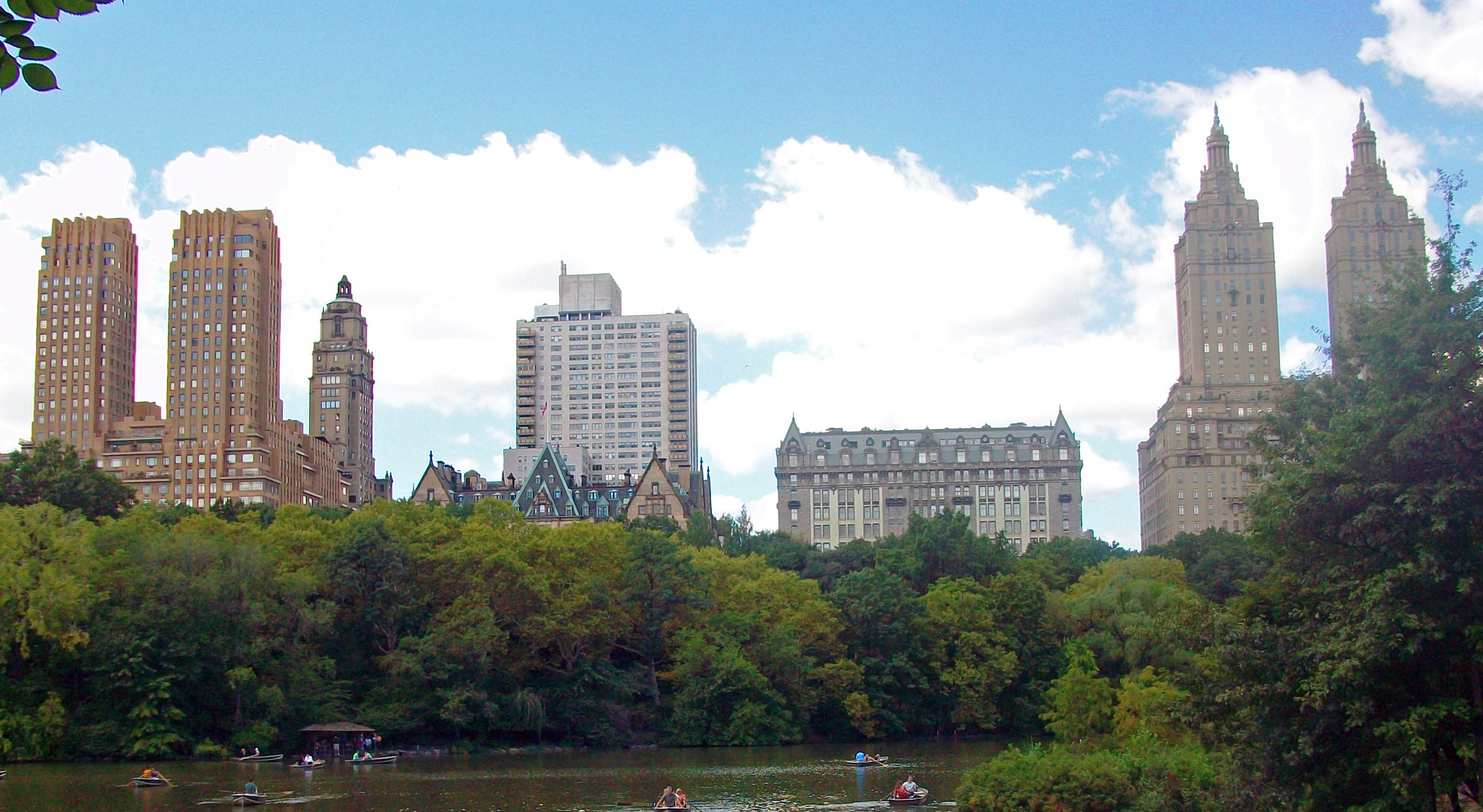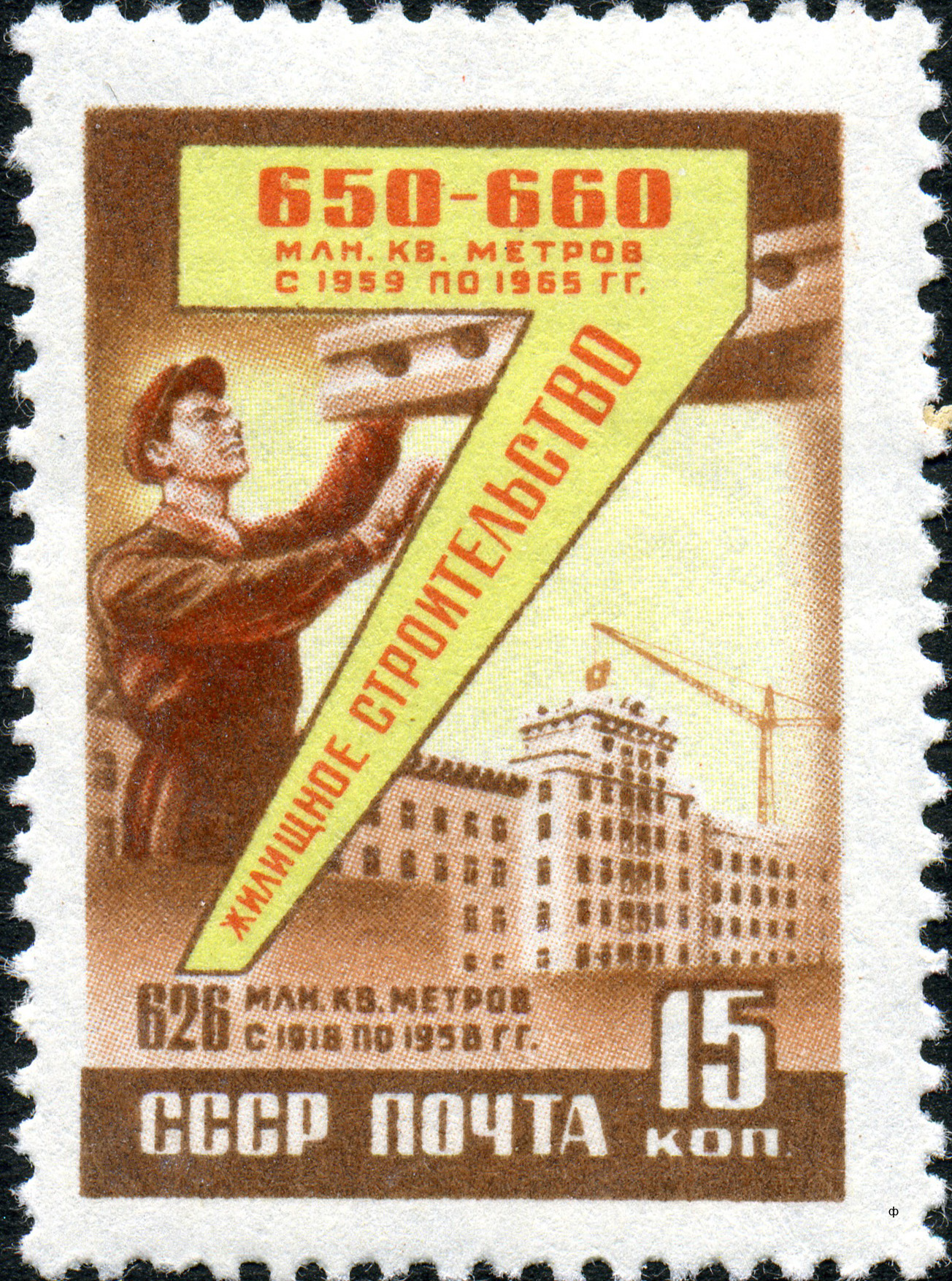|
Low-income Housing
Subsidized housing is a subsidy aimed towards alleviating housing costs and expenses for impoverished people with low to moderate incomes. In the United States, subsidized housing is often called "affordable housing". Forms of subsidies include direct housing subsidies, non-profit housing, public housing, rent supplements/vouchers, and some forms of co-operative and private sector housing. Increasing access to housing usually contributes to lower poverty rates. Types Housing subsidies are government funded financial assistance programs designed to mitigate the costs of housing for low-income tenants. Subsidies can be provided in the form of housing vouchers given to tenants, e.g. Section 8 (Housing), or via direct deposits to landlords with government contracts to provide affordable housing. Home mortgage interest deduction The largest housing subsidy in the US is the home mortgage interest deduction, which allows homeowners with mortgages on first homes, second homes, and ... [...More Info...] [...Related Items...] OR: [Wikipedia] [Google] [Baidu] |
Subsidy
A subsidy, subvention or government incentive is a type of government expenditure for individuals and households, as well as businesses with the aim of stabilizing the economy. It ensures that individuals and households are viable by having access to essential goods and services while giving businesses the opportunity to stay afloat and/or competitive. Subsidies not only promote long term economic stability but also help governments to respond to economic shocks during a recession or in response to unforeseen shocks, such as the COVID-19 pandemic. Subsidies take various forms— such as direct government expenditures, tax incentives, soft loans, price support, and government provision of goods and services. For instance, the government may distribute direct payment subsidies to individuals and households during an economic downturn in order to help its citizens pay their bills and to stimulate economic activity. Here, subsidies act as an effective financial aid issued when t ... [...More Info...] [...Related Items...] OR: [Wikipedia] [Google] [Baidu] |
Housing Cooperative
A housing cooperative, or housing co-op, is a legal entity which owns real estate consisting of one or more residential buildings. The entity is usually a cooperative or a corporation and constitutes a form of housing tenure. Typically housing cooperatives are owned by shareholders but in some cases they can be owned by a non-profit organization. They are a distinctive form of home ownership that have many characteristics that differ from other residential arrangements such as single family home ownership, condominiums and renting. The cooperative is membership based, with membership granted by way of a share purchase in the cooperative. Each shareholder in the legal entity is granted the right to occupy one housing unit. A primary advantage of the housing cooperative is the pooling of the members' resources so that their buying power is leveraged; thus lowering the cost per member in all the services and products associated with home ownership. Another key element in so ... [...More Info...] [...Related Items...] OR: [Wikipedia] [Google] [Baidu] |
Social Welfare
Welfare spending is a type of government support intended to ensure that members of a society can meet basic human needs such as food and shelter. Social security may either be synonymous with welfare, or refer specifically to social insurance programs which provide support only to those who have previously contributed (e.g. pensions), as opposed to ''social assistance'' programs which provide support on the basis of need alone (e.g. most disability benefits). The International Labour Organization defines social security as covering support for those in old age, support for the maintenance of children, medical treatment, parental and sick leave, unemployment and disability benefits, and support for sufferers of occupational injury. More broadly, welfare may also encompass efforts to provide a basic level of well-being through subsidized ''social services'' such as healthcare, education, infrastructure, vocational training, and public housing.''The New Fontana Dictionar ... [...More Info...] [...Related Items...] OR: [Wikipedia] [Google] [Baidu] |
Migration Of The Disadvantaged
Gentrification is the process whereby the character of a neighborhood changes through the influx of more affluent residents (the "gentry") and investment. There is no agreed-upon definition of gentrification. In public discourse, it has been used to describe a wide array of phenomena, sometimes in a pejorative connotation. Gentrification is a common and controversial topic in urban politics and planning. Gentrification often increases the economic value of a neighborhood, but can be controversial due to changing demographic composition and potential displacement of incumbent residents. Gentrification is more likely when there is an undersupply of housing and rising home values in a metropolitan area. The gentrification process is typically the result of increasing attraction to an area by people with higher incomes spilling over from neighboring cities, towns, or neighborhoods. Further steps are increased investments in a community and the related infrastructure by real estate ... [...More Info...] [...Related Items...] OR: [Wikipedia] [Google] [Baidu] |
Khrushchyovka
''Khrushchevkas'' ( rus, хрущёвка, khrushchyovka, p=xrʊˈɕːɵfkə) are a type of low-cost, concrete- paneled or brick three- to five-storied apartment buildings (and apartments in these buildings) which were designed and constructed in the Soviet Union since the early 1960s (when their namesake, Nikita Khrushchev, was leader of the Soviet Union). With the beginning of the construction of "Khrushchyovkas," Soviet housing development became predominantly industrial. Compared to " Stalinkas", which were usually built from brick, Khrushchyovkas had smaller apartments, and their functionalist-style architecture was extremely simple. However, the first-generation buildings surpassed the typical two-story wooden apartment buildings of the Stalin era in many ways and significantly alleviated the acute housing shortage. These buildings were constructed from 1956 to the mid-1970s. In the late 1960s, "Brezhnevkas" began to replace Khrushchyovkas, but both remain among the mos ... [...More Info...] [...Related Items...] OR: [Wikipedia] [Google] [Baidu] |
Sídlisko
Sídlisko is a term used in Slovak () which mainly means housing complex (with civic amenities). Other terms associated with this term are housing estate, housing development, housing project, settlement, neighbourhood or borough. Although the term is a general term, it is mostly used for housing complexes built during the socialist era in the now split Czechoslovakia (now the Czech Republic & Slovakia) containing houses built of panel (), for which they're also known as "panelákové sídliská" (panel housing complexes). Paneláks are the most common type of apartment buildings found in a typical sídlisko. Brick and modern apartment buildings can also be found, along with old and new houses, although they are usually not in the central part of a typical sídlisko, and are a minor part of the whole complex, if at all. Nowadays, individual paneláks in sídliskos are often checked and repaired if needed due to their age, while also being renovated, repainted from grey ... [...More Info...] [...Related Items...] OR: [Wikipedia] [Google] [Baidu] |
Panelák
Panelák is a colloquial term in Czech language, Czech and Slovak language, Slovak for a Large panel system-building, large panel system panel building constructed of pre-fabricated, pre-stressed concrete, such as those extant in the former Socialist Republic of Czechoslovakia, Czechoslovakia (now the Czech Republic & Slovakia) and elsewhere in the world. Paneláks are usually grouped together, creating a housing estate (, ). (plural: ) is derived from the standard or meaning, literally, "panel house / prefabricated-sections house". The term ''panelák'' is used mainly for the elongated blocks with more sections with separate entrances – simple panel tower blocks are called (tower house) or colloquially . The buildings remain a towering, highly visible reminder of the Communist era of Czechoslovakia, Communist era. The term ''panelák'' refers specifically to buildings in the former Czechoslovakia, however, similar buildings were a common feature of urban planning in ... [...More Info...] [...Related Items...] OR: [Wikipedia] [Google] [Baidu] |
Panelház
Panelház (, often shortened to ''panel'') is a Hungarian term for a type of concrete block of flats (panel buildings), built in the People's Republic of Hungary and other Eastern Bloc countries. They are also known as Plattenbau in German, Panelák in Czech and Slovak, Blok in Polish, and Bloc in Romanian. It was the main urban housing type in the Socialist era,Gábor Preisich: Budapest városépítésének története 1945-1990, Műszaki Könyvkiadó, Budapest, 1998, pp. 77-116, which still dominates the Hungarian cityscapes. According to the 2011 census, there were 829,177 panel apartments in Hungary (18.9% of the dwellings) that were home to 1,741,577 people (17.5% of the total population).Hungarian census 2011 tables 2.1.13, 2.1.22, 2.1.26, 2.2.3, 2.2.6, 2.2.7 (Hungarian) Panelház are not the only type of block of flat ... [...More Info...] [...Related Items...] OR: [Wikipedia] [Google] [Baidu] |
Plattenbau
A large-panel-system building is a building constructed of large, prefabricated concrete slabs. Such buildings are often found in housing developments. Although large-panel-system buildings are often considered to be typical of Eastern Bloc countries in the second half of the 20th century, this prefabricated construction method was also used extensively in Western Europe and elsewhere, particularly in public housing (see tower block). This construction method, known as ''Plattenbau'' in German, involves assembling buildings from story-high precast concrete elements that are manufactured in a factory and then transported to the construction site for assembly. It emerged from efforts to develop serial and industrialized housing construction, evolving through techniques such as block construction, large-block construction, concrete strip construction, and cast-in-place concrete panels from the early 20th century onward. For large-panel construction to be effective, it requires ... [...More Info...] [...Related Items...] OR: [Wikipedia] [Google] [Baidu] |
Million Programme
The Million Programme () was a large public housing program implemented in Sweden between 1965 and 1974 by the governing Swedish Social Democratic Party to ensure the availability of affordable, high-quality housing to all Swedish citizens. The program sought to construct one million new housing dwellings over a ten-year period, which it accomplished. As part of its intention to modernize Swedish housing, it also demolished many older buildings that national and local governments considered obsolescent, unhealthy or derelict. At the time, the intention to build one million new homes in a nation with a population of eight million made the Million Programme the most ambitious building programme in the world. In contrast to the social housing proposals of many other developed countries, which is Means test, targeted at those with low incomes, the Million Programme was a universal program intended to provide housing to Swedish people at a variety of income levels. Background The ... [...More Info...] [...Related Items...] OR: [Wikipedia] [Google] [Baidu] |
National Housing Act (Canada)
The ''National Housing Act'' (, NHA) is the primary federal law concerning housing in Canada. More specifically, it is intended to promote the construction of new houses, the repair and modernization of existing houses, and the improvement of housing and living conditions. The NHA replaced and expanded the scope of the ''Dominion Housing Act'' of 1935. First passed by the Parliament of Canada in 1938, replacement ''National Housing Acts'' were passed in 1944 and 1954. Major amendments to these acts occurred in 1948, 1949, 1956, 1964, 1969, 1973, 1985, 1999 and 2007. The purpose of the NHA set out in section 3 "in relation to financing for housing, is to promote housing affordability and choice, to facilitate access to, and competition and efficiency in the provision of, housing finance, to protect the availability of adequate funding for housing at low cost, and generally to contribute to the well-being of the housing sector in the national economy." The Canada Mortgage and Housin ... [...More Info...] [...Related Items...] OR: [Wikipedia] [Google] [Baidu] |
Housing Estate
A housing estate (or sometimes housing complex, housing development, subdivision (land), subdivision or community) is a group of homes and other buildings built together as a single development. The exact form may vary from country to country. Popular throughout the United States and the United Kingdom, they often consist of single-family detached home, single family detached, semi-detached ("duplex") or Terraced house, terraced homes, with separate ownership of each dwelling unit. Building density depends on local planning norms. In major Asian cities, such as Hong Kong, Kuala Lumpur, Shanghai, Shenzhen, Singapore, Seoul, Taipei, and Tokyo, an estate may range from detached houses to high-density tower blocks with or without commercial facilities; in Europe and America, these may take the form of town housing, high-rise housing projects, or the older-style rows of terraced houses associated with the Industrial Revolution, detached or semi-detached houses with small plots o ... [...More Info...] [...Related Items...] OR: [Wikipedia] [Google] [Baidu] |








